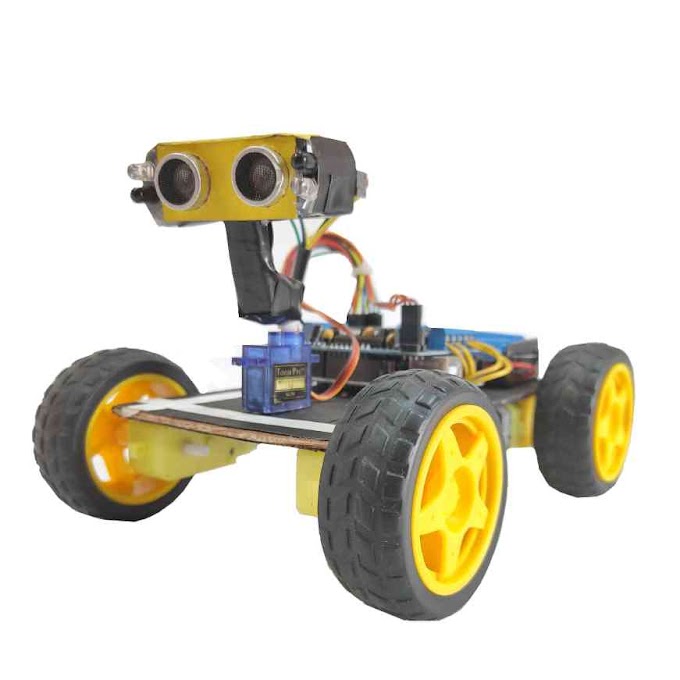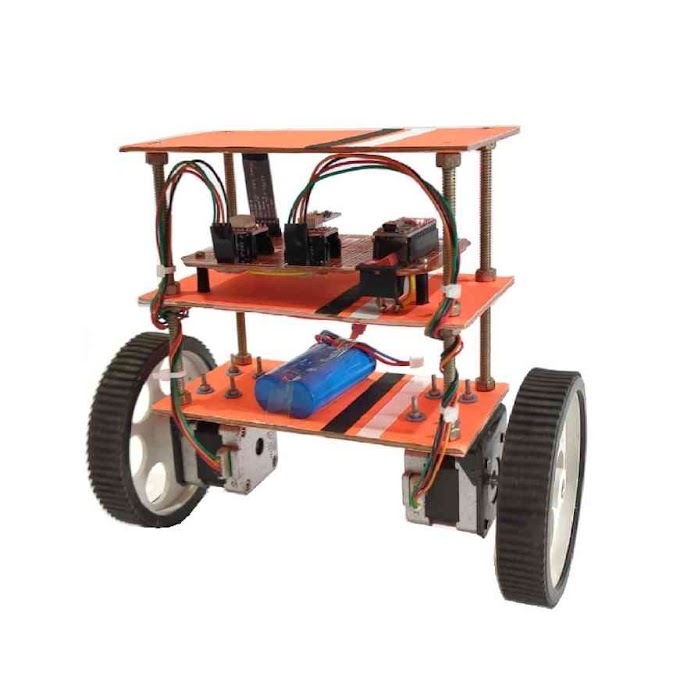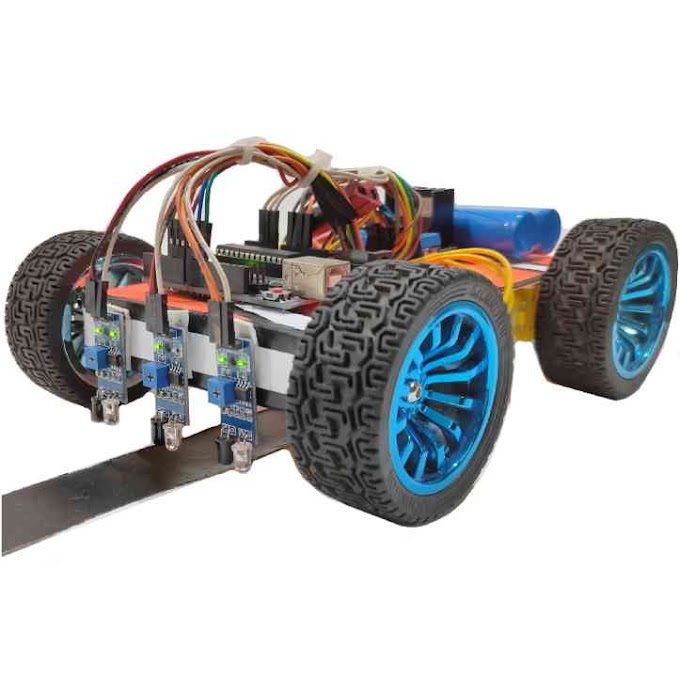Hello everyone! Welcome to another informative blog of My Tech Studio. In this blog we are going to discuss about a project called 'Smart Street Light', in which we are going to control the light depending upon the light intensity falling on a photo resistor.
Automatic Street light using LDR and Arduino –
Internet of Things is a breakthrough technology that connects various devices to internet and make them smart & efficient. In this blog you will get to know how to build an IoT based automated street lighting system, which switches street lights On/Off efficiently. It also collects data about the usage of street lights and sends it to cloud for storage and analysis. As a part of this course you will use LDR sensors and relay driver modules to track intensity of sunlight and switch the street light On/Off accordingly. You will use an ESP 8266 WiFi module to send data to the internet and an Arduino board to control the entire system. You will learn and program the Arduino with the right logic to make the system function. You will then use the ThinkSpeak IoT analytics platform to analyse the data to show results in visual format.
How do you make an automatic street light?
In order to continue with the project we need to go to a stimulation software called TinkerCAD and we have to select 'circuits' option and select ' create new circuit'. Upon doing so we'll get a blank workspace where we can drag the components from the components list which is on the right side of the page. And as you can see here this the blank workspace and this is the components list. As usual, the main important component is the Arduino so I'm dragging it onto the workspace. And for this project 'Smart Street Light' we need a light bulb so I'm searching for a bulb and dragging it onto the workspace. And we also need a photo resistor to detect the light intensity. We need a power supply. And finally we need an NPN transistor and it is dragged onto here.
Which sensor is used in Smart Street light?
The working principle of an LDR is mainly based on photoconductivity, which is nothing but an optical phenomenon. When the light is absorbed by the material then the conductivity of that material reduces. When any light falls on the LDR then the electrons in the valency bond of the material jump to conduction band. But, the photons in the incident light must have energy superior than the band gap of the material to make the electrons jump from one band to another to the conduction band which grades in a large number of charge carriers. When the effect of this process and the flow of the current starts flowing more the resistance of the device decreases. Hence, there will be an increase in voltage. The transistor in which one P type material is placed between 2 N type materials is known as NPN Transistor. The NPN transistor amplifies the weak signal that enter into the base and produces strong amplified signals at the collector end. These transistors are mainly used in switching applications, also in amplifying circuit applications. So mostly at places where there is a need to sync a current. So, let's start with the connections of the photo resistor. Terminal 1 of the resistor should be given to 5 volts. And we can change the colour of the wire to red to indicate that it's a power wire and the other terminal can be given to one of the analog pins let’s say A5. Let's change the colour of the wire to purple to indicate that it's a input wire. Similarly, the same terminal that is connected to A5 should also be connected to the ground but it is important to attach a resistor to it. Because resistor helps to prevent the excessive current flowing through the photo resistor. So that it won't be burned out. So, I'm dragging a resistor and let's say we should connect it to the ground so I'm keeping it near the ground and giving the connections. So, this are the LDR connections.
Automatic Street light circuit connection -
Now, let's come to the connections of power supply so there is positive and negative. The negative of the power supply should be given to the ground as well. So, let's keep it here like this and ground, it's connected to ground and the positive, should be given to light bulb, so I'm giving the connection to one of the terminal of the light bulb and let's change the color to let's say red because the postural terminal is nothing but the power. Now, another terminal of the light bulb should be connected to one of the pins of NPN resistor. So, let's give it here and let's change the colour to pink. And this is the collector and the collector should be connected to the ground of the power supply, so it is given here. And the days should be given to one of the digital inputs of Arduino. So let's give the connection to let's say pin no 3 and we can change the color to blue. So, these are the basic connections. These are the revised connections as you can see they are a bit neater so that the connections would be visible clearly. As you can see the NPN Transistor is connected to the light bulb.











